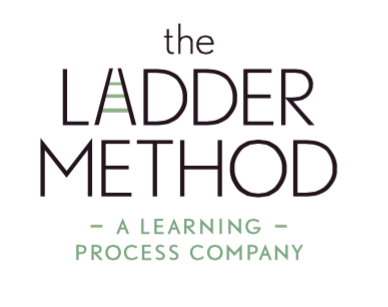The Importance of Gratitude Lists
It can sometimes feel like Thanksgiving is getting shortchanged in the end-of-the-year holiday rush. We’re all familiar with the strange phenomenon in which no less than one minute after the final piece of Halloween candy is unwrapped, Christmas lights spring up and holiday songs invade the radio stations.
However, Thanksgiving is a holiday that shouldn’t be ignored and not only because it offers us an excellent cheat day for our diets. The reason is right there in the name of the holiday. “Thanks”-giving is an incredible and powerful moment to bring awareness and be thankful for the blessings in our lives.
Gratitude is not limited to only one day of the year. Gratitude has been proven to be an important mindfulness tool. Studies have linked gratitude to the parts of the brain that improve emotional processing, personal and social interactions, and mood regulation. In other words, expressing gratitude can help us be more present and happy in our individual journeys.
Besides happiness, many researchers would argue that’s not even the main benefit. “Gratitude is a social emotion,” writes Robert Emmons, a leading researcher on gratitude out of UC Davis. “[It] requires us to see how we’ve been strengthened and affirmed by other people.” Indeed, gratitude evolved in the minds of Homo Sapiens as a tool to strengthen the community bonds that helped them develop into the people we are today.
How can we reap the benefits of gratitude this Thanksgiving season? There is always the Norman Rockwell “go around the table and share what you’re grateful for,” but that’s not enough! Like any skill, gratitude requires consistent practice and reinforcement. That’s why leading gratitude scientists and us here at The Ladder Method recommend making a gratitude list or even keeping a gratitude journal.
To let you behind the curtain for a moment, we practice gratitude at our weekly staff meeting as a way to recenter ourselves before addressing our work. We’ve attached a helpful PDF to guide you through the process. Here are the steps we (and you) can take to be thankful this holiday season.
Steps:
Meditate
Take a second to center yourself. Take two minutes, five, ten, or whatever feels right to you to focus on your breath. Focus on simply inhaling and exhaling to begin quieting your mind. After spending a few minutes in solidarity, the buzzing that we call life will quiet around you and you will be in a more focused space. This will help you zero in on what you’re grateful for. Mindfulness meditation also has its own neurological benefits, so incorporating these practices with or without a gratitude journal is a great idea too!
Gratitude
The next step is writing down what you’re feeling grateful for that day. Put in as much or as little detail as you like-it’s your gratitude journal, after all! Some examples of gratitude are the people in your life such as family, friends, mentors, pets, experiences, and other things such as your house, shelter, clothes, etc.
Assets
While you’re accounting for what you’re grateful for, it’s important to acknowledge the parts of yourself that you admire. It’s important to list your assets to help boost confidence and affirm yourself. After you create your gratitude list, write down a few qualities about yourself that you admire.
We could all use a moment to step away from our busy lives and be more aware and grateful for the many blessings in our lives. Feel free to use this PDF and try taking some time to keep a gratitude journal. After all, it’s what Thanksgiving is all about.
Sources:
https://greatergood.berkeley.edu/article/item/what_does_a_grateful_brain_look_like
https://greatergood.berkeley.edu/article/item/why_gratitude_is_good

